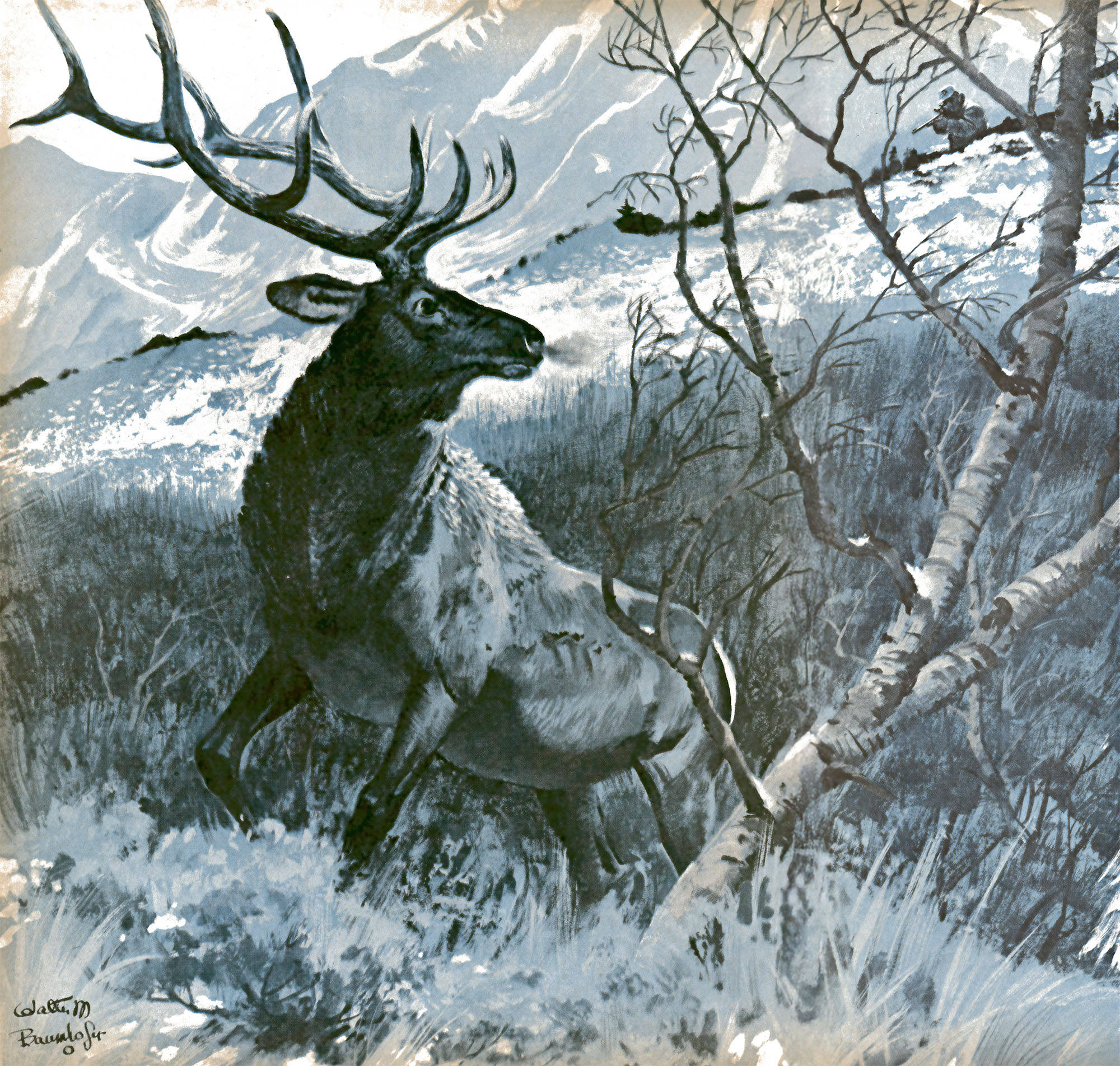Have North Dakota’s Sage Grouse Winked Out Completely?

Eleven western states are home to greater sage grouse, the largest grouse in North America. But that count could now be down to 10, after North Dakota biologists failed to find any male birds during their annual spring population survey. This disappointing void makes the upland bird virtually extinct in the state.
“This is the first time ever we were not able to find any male sage grouse at active leks in North Dakota,” Jesse Kolar, North Dakota Game and Fish Department upland management supervisor told E&E News in early July.
In 2024, researchers knew of two remaining active leks in North Dakota. Leks are clearings in the high desert where sage grouse gather in the spring to mate. Males prefer open, flat ground for strutting and displaying, so females can see their fanned tail feathers and popping air-bagged chests unobstructed. One of those leks had 13 males on it in 2023, but this dropped to three males in 2024, and there were no males on either lek in 2025.
Sage grouse are as faithful to their leks as they are dependent on sagebrush, which they need to survive in all stages of life. If any males were still alive in North Dakota, they should have shown up to mate this spring.
North Dakota has never been a hotbed for sage grouse, at least not in recent memory. Their range is limited to the state’s southwest corner, along the border shared with Montana, and the population of male birds there has hovered below 250 birds since the early 1990s. By 2014, their numbers had fallen to around 31, and they were considered in imminent danger of extinction.
The state blames habitat fragmentation from agriculture and development, along with the West Nile Virus as the primary causes of sage grouse declines. The virus decimated the remaining population in 2007, which is also the last year the state held a sage grouse hunting season. (The first year was 1964.) Only 21 grouse were harvested that fall, and hunts ceased permanently starting in 2008.
Wyoming, which holds more sage grouse than any other western state, started supplementing North Dakota’s shrinking population in 2017. The Cowboy State provided 300 transplants over four years. Estimates put 40 percent of the nation’s remaining greater sage grouse in Wyoming, with 40 percent of those Wyoming birds living in Sublette County.
Sublette County credits its grouse population stability, at least partly, to weed control across its mostly undeveloped acreage where sagebrush grows. The county started spraying invasive weeds with aerial herbicides more than a decade ago. The treatments prevent non-native cheatgrass from sprouting, while native plants with deeper roots systems can still germinate.
“Most of the cheatgrass seed that is introduced in the system will germinate in the first five years. If we can have success past five years, there might not be any more residual seed there. Then, we’re winning the game at that point,” Julie Kraft, Sublette County weed and pest supervisor told Outdoor Life while conducting inventory on a cheatgrass-free slope. “It’s incredibly rewarding to come out and see huge ridges without any cheatgrass, and its success that’s long term.”
According to a study conducted by U.S. Geological Survey, the American West has lost 1.3 million acres of sagebrush habitat every year for the last 20 years.
Read the full article here









